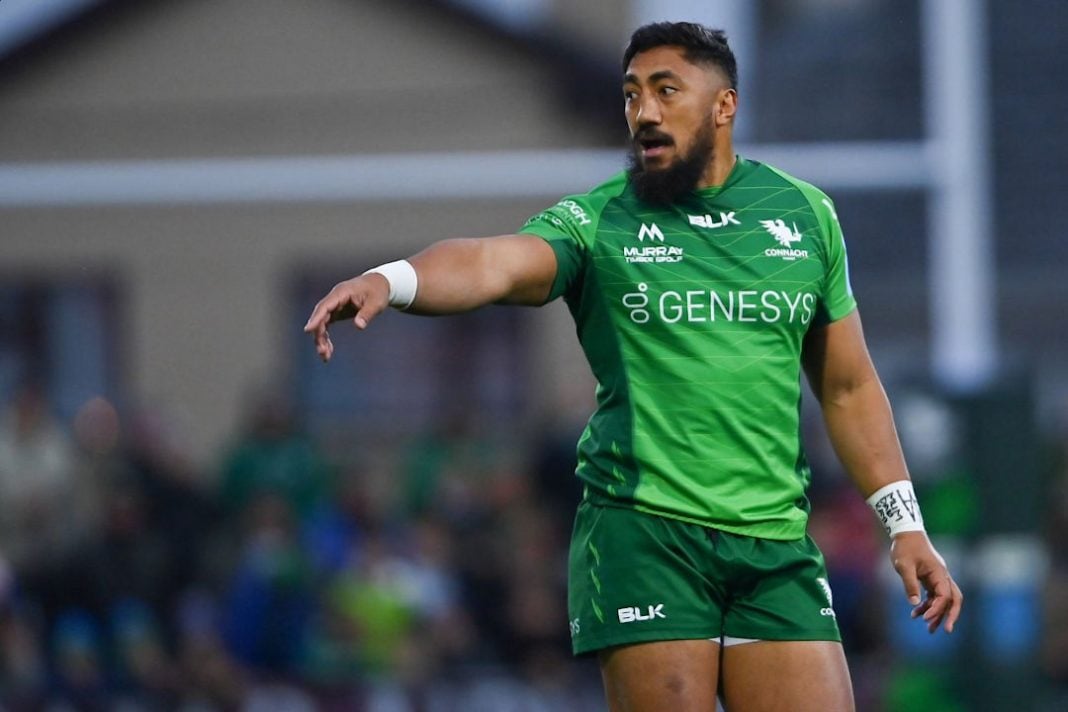To the uninitiated, the positions of professional rugby players can sound like an alien language. Talk of strong props and lethal hookers is unlike any other sport on the planet. However, rugby is a fantastic sport that is straightforward once you know the essentials. That is why we have summarised the positions all 15 players take up on a rugby field.
While many of us grew up watching or playing rugby, that is not the case for every fan. Sure, if we gave you enough time to watch United Rugby Championship games, you might pick up on a few things each week. But a far quicker way to get to grips with the contest is to read up about each role on a rugby team. Plus, once you understand a few of the more basic rules, it becomes a thrilling way to spend your weekend.
Each squad member has an important role to fulfil. The team’s powerful players aim to carry the ball and hinder the opponents. Plus, both sides have pacey members of the squad to break the lines. Grounding the ball beyond the opposition’s try line counts as five points. Doing so gives the team a chance to secure two more points by nailing a conversion. If one team commits a foul, the other can opt for a penalty kick. A successful kick registers three points on the board.
There are dozens of complex rules in the sport, but knowledge of them is not required when first watching the game. All you need to know is that rugby is a fast-flowing and exciting game, but there are several ways for players to commit fouls. Once you understand the roles, each match will be easy to follow along.
Rugby Positions Explained: Number 1 & 3, Props
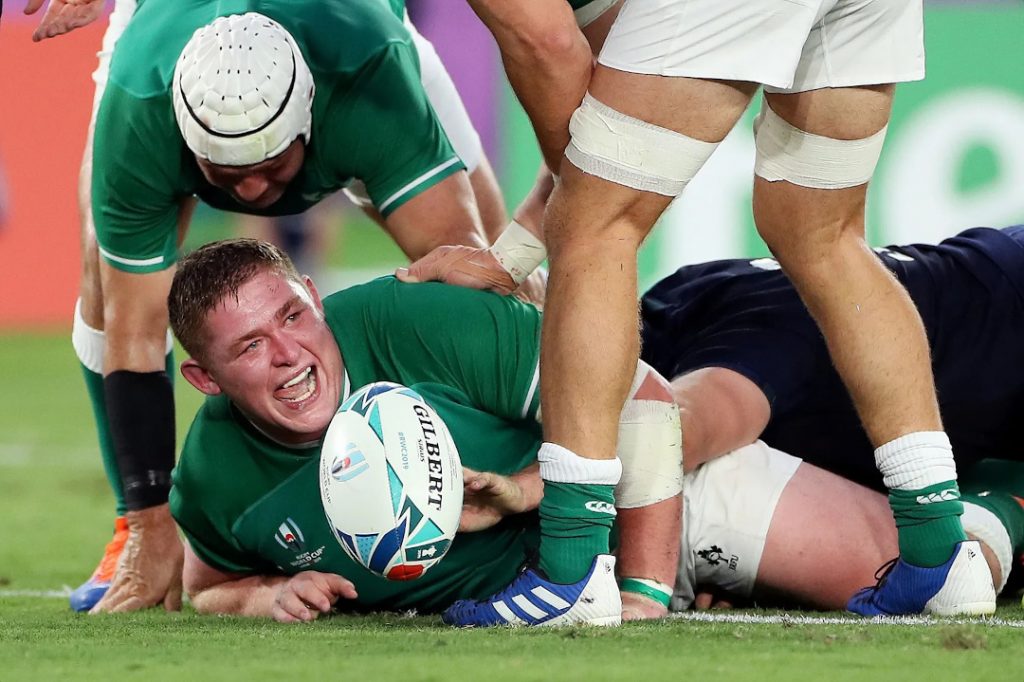
In most sports, there is a player designated to protect the goal. In rugby, there are many positions with similar roles to a goalkeeper, but no exact position. Instead, the front row comprises three players, two of which share a very similar duty. The loose-head and tight-head props make up squad number one and three on the team sheet. Their duties change depending on where the ball is.
These players are usually the first to put a tackle in, and they have large frames to take on multiple players. A good prop has quick hands to offload the ball accurately while drawing in multiple players to make a tackle. In open play, they will carry the ball as far as possible or charge in to secure the ball from a ruck. While they might look big and slow compared to other players on the pitch, they are still agile in short bursts.
When the referee calls for a scrum, the props make up two-thirds of the front line. These are the three largest players on the pitch, and they go up against the front row from the opposition. It’s their goal to gain yards and push the scrum forward by any means necessary. They also have a special part to play in line outs, lifting the receivers high enough to claim an uncontested ball.
You can spot a rugby prop position from a mile away when you know what to look for. They are powerful players, often committing tackles and scrapping for the ball. They don’t wear padding, so any contact you see is pure muscle.
Rugby Positions Explained: Number 2, Hooker
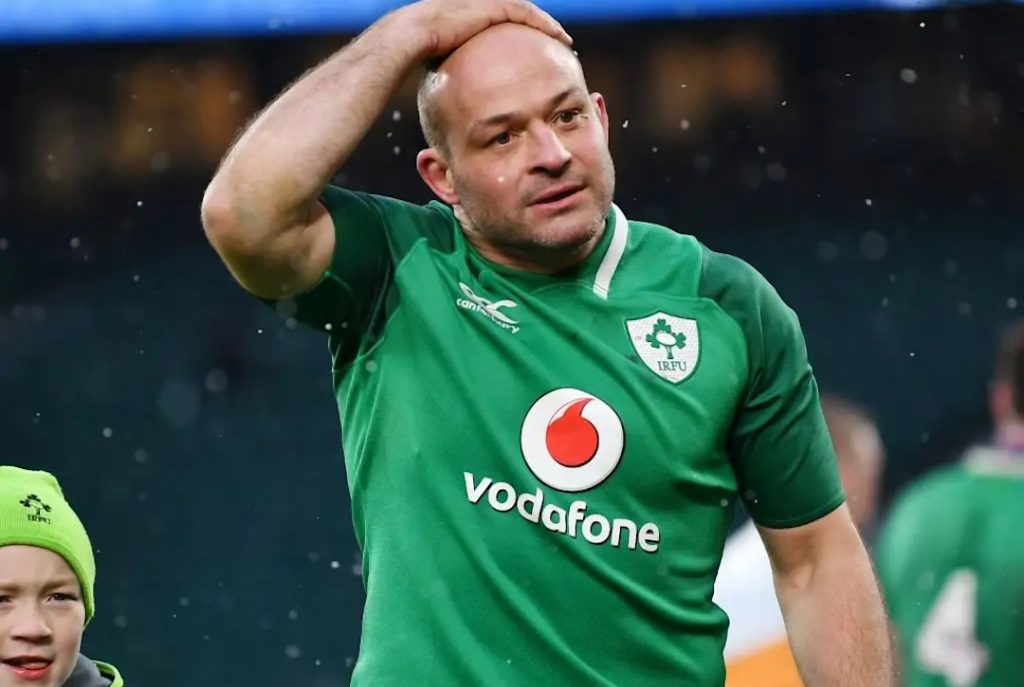
Depending on where you come from, the word “hooker” might sound amusing. However, spend 80 minutes watching one play and you will know his job is no laughing matter. Just like the props, the hooker is a strong rugby player capable of doing the dirty work. That means crunching tackles and taking blows for the team. However, being the number two in the team, he also has a leadership role.
In the scrum, the hooker must lead the props and coordinate the timing with his team. Failure to coordinate with his props usually results in a cheap penalty being awarded. The hooker also takes on somewhat of a quarterback role. When the ball goes out on the sideline, it’s the hooker who launches it back into play. He will memorise various routines and mix things up as the game unfolds, trying to gain an advantage over the opposition.
The best hookers are natural leaders. That means they can stop the opposition’s most dangerous players, as well as spearhead some attacks towards the try line. Once we have more rugby positions explained, you will see a lot of players have more than one role. But a hooker can save the team at one end of the pitch and score a try in the next phase. They are powerful players who can bring down those seven-foot giants you see barrelling down the touchline at full pelt.
Rugby Positions Explained: Number 4 & 5, Rugby Locks
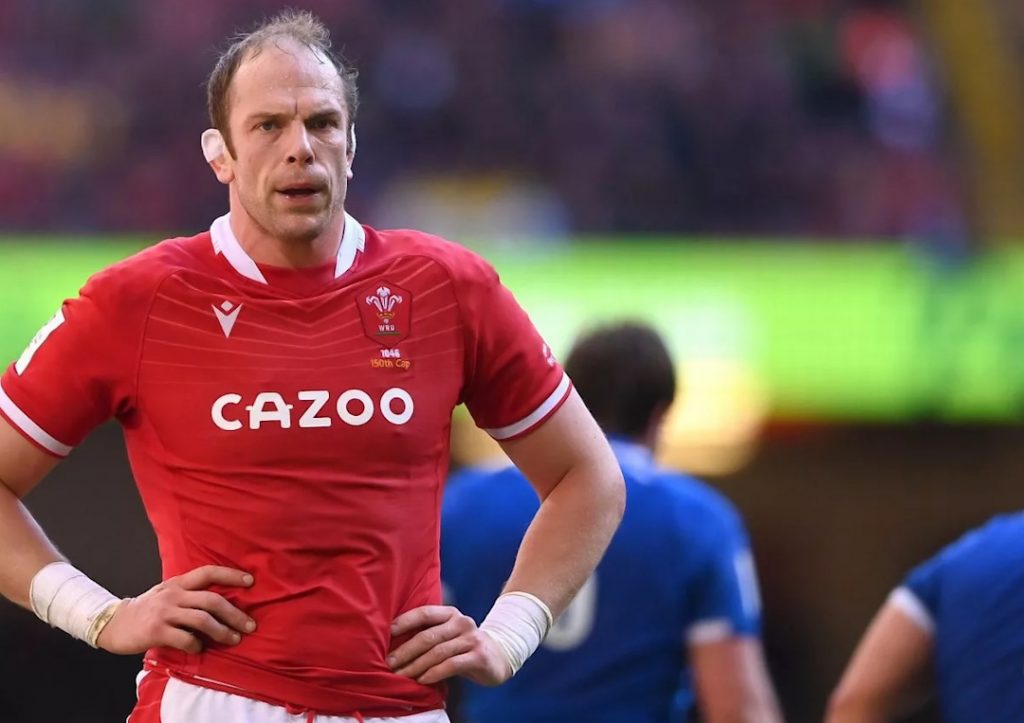
Moving on to the second row, there are two players known as locks. These players play a crucial part in the team, and they are hard to miss. The average lock is tall, muscular, and fast. The best second row has players that are commanding and can do it all. They are not afraid to tackle, carry the ball, and drag the entire side up the field.
https://twitter.com/WelshRugbyUnion/status/1659589949954326528
Players like Alun Wyn Jones epitomise what being a lock entails. They are the driving force in the scrum, pushing the front line headfirst into the opposition. They are skilful quick thinkers and can turn a game around almost single-handedly. In most matches, the role of the lock can go unnoticed as they are also responsible for breaking up play and gaining yards. However, when a lock is in fine form, it’s impossible to miss as they ride challenges and perform impressive offloads to the back line.
To be a successful lock, you need the physique and the brains. These players are often the ones screaming the loudest and commanding other players throughout the match. If you are building your rugby team, having a fantastic second row is vital.
Rugby Positions Explained: Number 6 & 7, Flankers
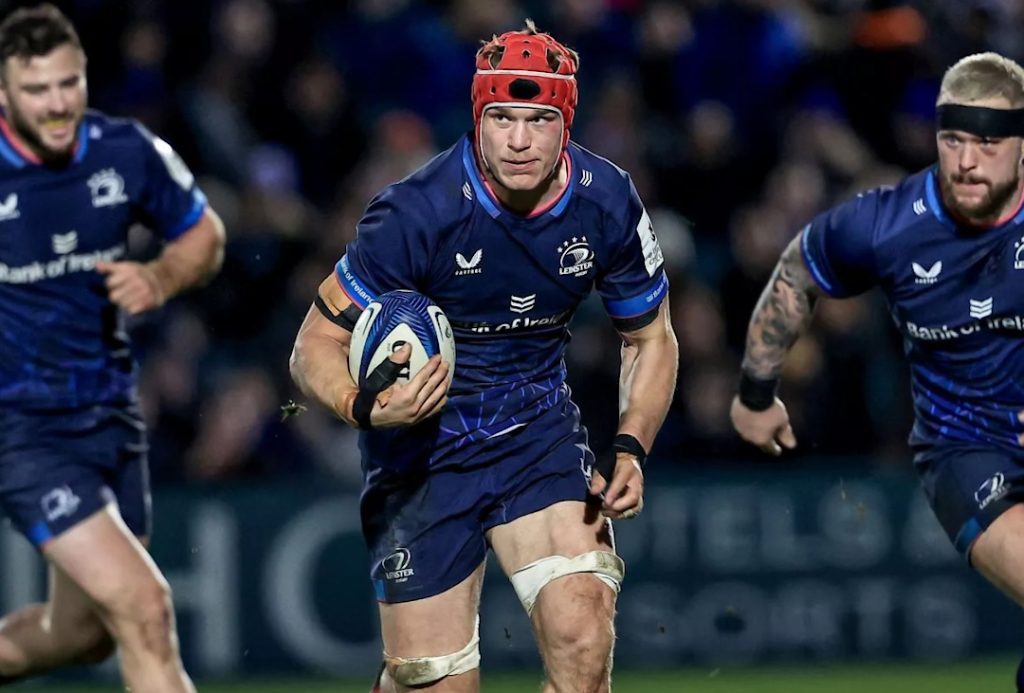
So far, the rugby positions explained require players with certain body types and physical strengths. The flankers, or wing forwards, come in all different shapes and sizes. There are two flankers, the blindside and the openside. The blind-side flanker is often the bigger, more physical player. Open-side flankers vary, but they can offer more speed than the surrounding giants.
The flankers often find themselves in the middle of the action. While the big boys can carry the ball a few yards before a crunching tackle, the wing forwards want to gain as many as possible before the next phase. That means gut-busting runs or dropping the shoulder to get in a few more steps before being taken to the turf. If you have watched several rugby matches, you would know a good six and seven can make the difference over 80 minutes. These are often the players who stop dangerous attacks, putting their team on the front foot.
Mistakes from either flanker are often very costly. The players behind these two are all more attack-minded. That means the strengths involve taking the ball forward rather than tidying things up from the back. While players like Keith Earls have proven to be an offensive threat and defensive maestro, there is often too big a gap between the flankers and wingers which the opposition exploits in quick turnovers.
Rugby Positions Explained: Number 8
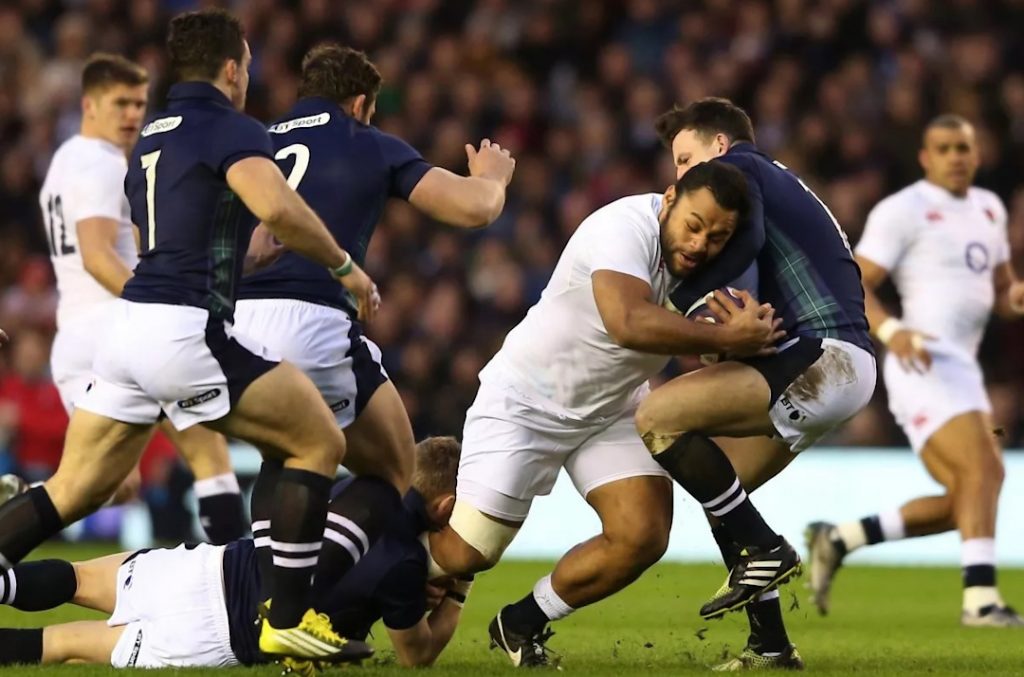
The role of the number eight has similarities to flankers. Their job is to support the team where necessary, including tackles and carries. Together with the wing forwards, they make up the back row. None of these players need to be the biggest, quickest, or most dangerous players on the field. To effectively play in this part of the squad, they must excel in all areas.
When the players form a scrum, you will notice one player that floats around trying to retrieve the ball. While the players scrummaging are trying to gain yards, the number eight is the only player allowed to grab the ball. It’s their decision when to launch the ball out and set up the first phase of the attack. The opposing number eight is looking for an opportunity to sabotage, but doing so legally is easier said than done.
An effective number eight in rugby is explosive with the ball in hand. That means skipping past defenders and creative passing to take as many players out of the game as possible. They must be good with passes and offloads to set up dangerous opportunities. Plus, they can’t be afraid of getting it wrong and ending up on the turf. The number eight takes calculated risks, hopefully resulting in a breakaway.
Rugby Positions Explained: Number 9, Scrum-half
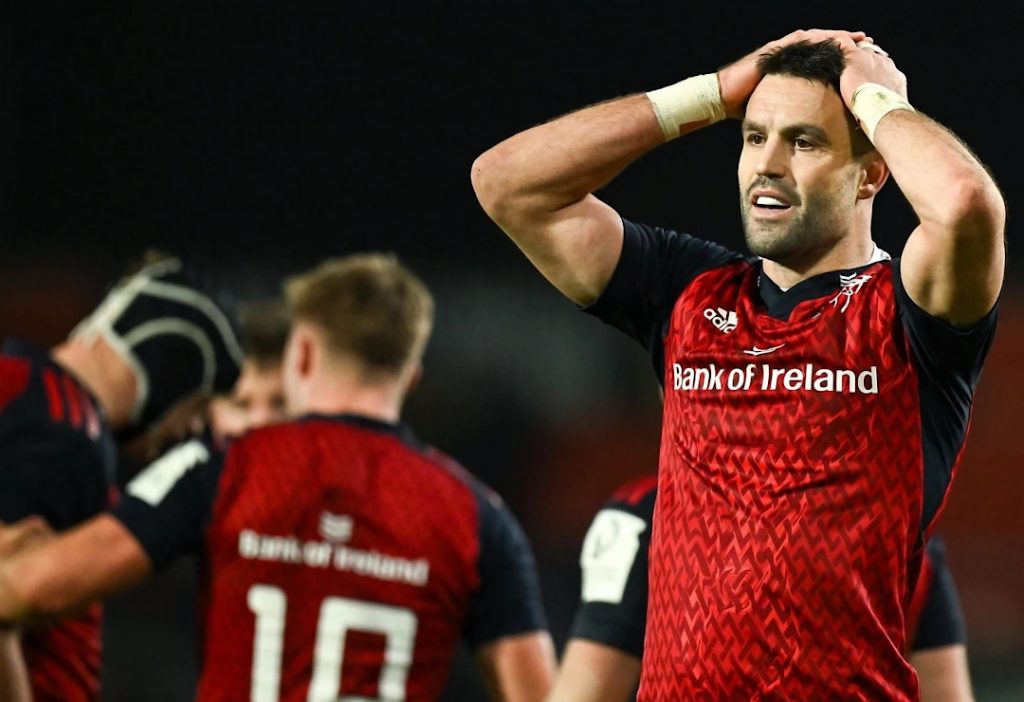
The scrum-half is the link between the forwards and the backs of a rugby team. Of all the rugby positions explained so far, the scrum-half is one of the most important. During a rugby match, each time the players end up on the ground, they want to move the ball away from the opposition. Usually, the number nine will come running over to set the team on the attack again. The speed, fitness, and accuracy needed from this position are why the scrum-halves are one of the most famous rugby players on the team.
In recent years, the role of the scrum-half has never been more important. However, the size of the player has never mattered less. Just look at Faf de Klerk and Jamison Gibson-Park, both players under 5ft10 and both incredible scrum-halves. Despite their lack of height, these players are incredibly lethal if given time and space. They can set their team on the front foot and can catch the opposition by surprise. Either with fantastic passes, direct kicks forward, or sneaky moves retrieving the ball from the ruck.
If you are brand new to rugby, watching the scrum-half throughout the game is a great way to pick up on the nuances of the sport. Of all the rugby positions explained so far, the number nine can have the greatest effect on the scoreline across the 80 minutes. The way they move the ball around makes the sport look easy. But even when they are a foot shorter than the opposition, they are not afraid to charge with the ball.
Rugby Positions Explained: Number 10, Fly-Half

The fly-half is everyone’s dream position in rugby. Not only does the fly-half grab all the headlines, but they command respect and admiration from fellow players. Often, the number ten is the one responsible for the main point-scoring contributions for the team. They decide when to kick for the goal or even go for a late drop goal to win the match. They are as talented with the ball in hand as they are with their feet.
The fly-half takes a captain-like approach to a game of rugby. They command the troops throughout the game, including the plays and even line-out routines. To be an effective rugby player in this position, you must have an incredible understanding of the game. The ten often fill a gap in the middle of the park, which is where teams will look to kick or break through the defensive lines. A good fly-half can smell danger and cover any spaces left behind the front line.
When we talk about fly-halves, there have been dozens of incredible players over the last 25 years. The best Irish rugby player of all time, Johnny Sexton, was a fly-half, and he has inspired many to take up the game. Other famous number tens include Johnny Wilkinson, Owen Farrell, and Daniel Carter are just a few names that come to mind. If you grew up watching rugby, you wanted to be exactly like any of those men.
Rugby Positions Explained: Number 11 & 14, Wingers
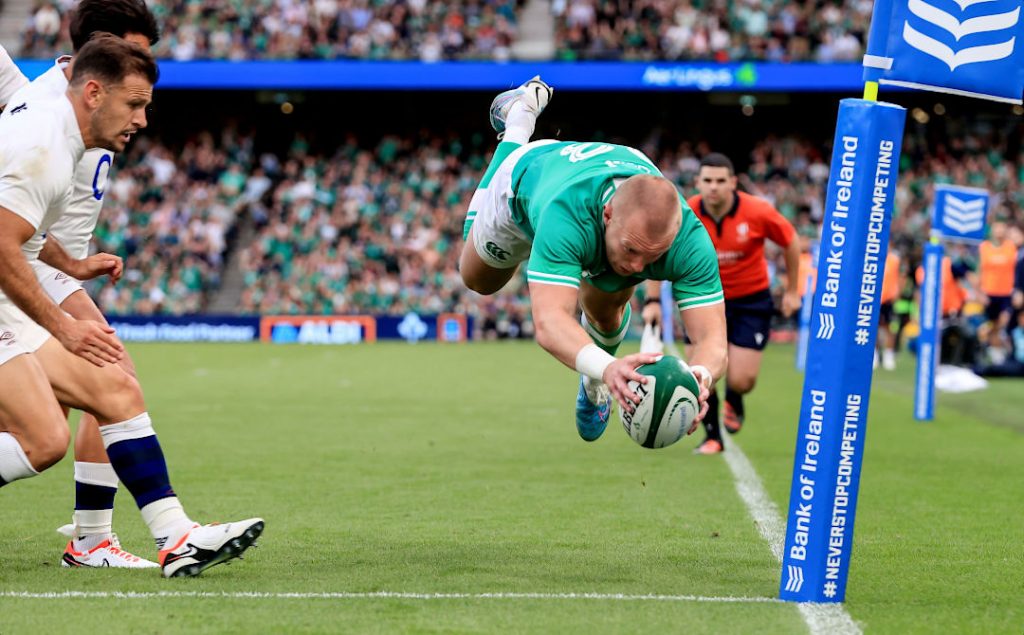
Now that we are towards the back end of the rugby positions in the squad, we can talk about some flair players. The wingers are often the most exciting players to watch. They are rapid, dangerous, and take some stopping when they get the ball in hand. Often, they have a way of gliding past 6ft11 defenders like they aren’t there. Either with some fancy footwork and the drop of a shoulder or with outrageous strength to shrug off a challenge.
Wingers help make rugby such a joy to behold. It’s their primary duty to provide an outlet for the team. While the frontline recovers from successive phases, the team will work the ball out wide, hopefully finding the winger in space. This gives everyone the chance to recover and move to the other side of the pitch. It effectively gives the big players a break while stretching the opposition’s defensive line. This may sound confusing, but all we mean is the winger runs, and they run fast.
Keith Earls try-saving tackle appreciation tweet. pic.twitter.com/LZCvr2JMz4
— Andrew Forde (@andrewfrugby) August 24, 2021
If you are going to watch your first rugby game of the weekend, monitor the wingers. When they run, fans get off their seats and that’s when big moments can happen. Either tries or lung-busting runs. There is a lot to enjoy when a winger has the ball in hand.
Rugby Positions Explained: Number 12 & 13, Centres
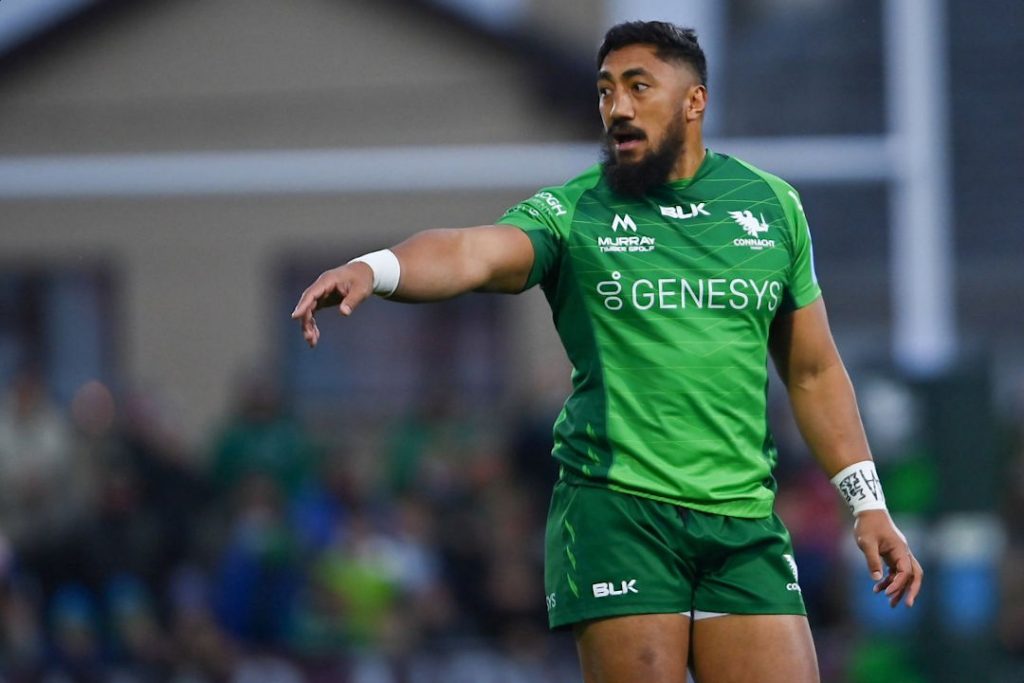
In rugby, centres share a lot of similar traits to wingers. They can be tall, strong, and fast players that look to break the enemy lines. Just like the players out wide, they are creative and have quick feet. They aim to dazzle the defenders, gaining extra yards before the next ruck. Often, a centre will find a way through a wall of defenders, bursting through towards the try line. They will need the composure to find a teammate under pressure, or risk seeing the opportunity slip away.
There are two centres on the pitch for each team, and they have slightly different roles. The inside centre is like another number ten. They are quick and creative with the ball. Either with fantastic passing or dangerous drop kicks, they can cause trouble from anywhere on the pitch. The outside centre is the faster player who usually has a talent for quick offloads. This is where the player passes the ball while being tackled, avoiding the breakdown in phases by preventing a ruck. These offloads are a sight to behold, especially when a few players slip the ball between the lines at great speed.
Bundee doing Bundee things, now the #GuinnessPRO14 is well and truly back 👊@connachtrugby are back level thanks to @bundeeaki12’s power 💪
Who’ll come out on top?#GuinnessPRO14 #CONvGLA
🇬🇧 Watch Live Now on @PremierSportsTV
🇮🇪 Watch Live Now on @eirSport & @TG4TV pic.twitter.com/XetFKDQaTu— BKT United Rugby Championship (URC) (@URCOfficial) October 3, 2020
Bundee Aki is a fantastic example of what a centre can do. They disrupt play with fantastic tackles and can dodge defenders to break the lines. They spot gaps that nobody else sees and pierce the lines with frightening acceleration. A good centre can help score a try from nothing.
Rugby Positions Explained: Number 15, Full-Back
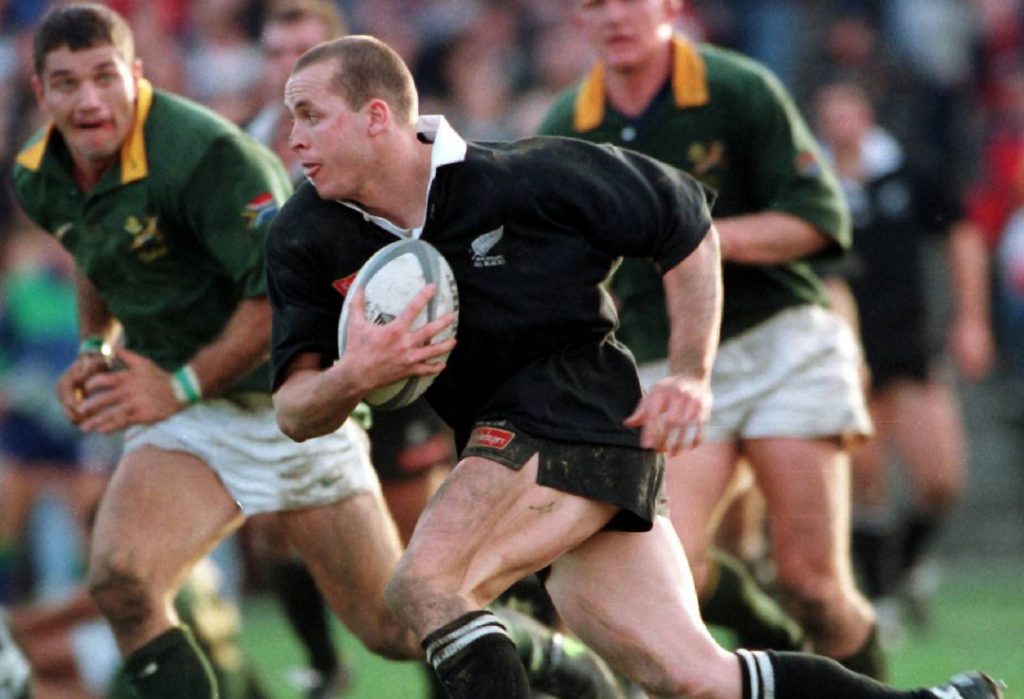
The final rugby position to explain is the full-back. Like a sweeper keeper in soccer, the number 15 is there to mop things up when the opposition launches a ball over the top. They are also the ones to launch a kick high from their half and chase it down, trying to regain possession and yards further up the pitch.
While many full-backs are fast and strong, the underlying quality is to keep calm under pressure. These players can often go a few minutes without involvement in the game. But if they switch off when the opposition punts a ball up the field, one slip-up can cost a try. The number 15 must gather a bouncing ball under immense pressure and somehow avoid the defender bounding towards them. A talented full-back can turn a scary defensive situation into a lethal attack by turning on the afterburners. They can dodge, offload the ball quickly, and kick into space at the drop of a hat.
All the rugby positions explained so far have required both offensive and defensive responsibilities. However, the most defensive and attacking role falls to the full-back. They sit as the last line of defence and are waiting for the opportunity to become the furthest player forward. Players in this position need fantastic speed, rapid acceleration, and top-notch fitness to cover a lot of ground. Few players thrive in this position, but the ones that do are almost impossible to stop.
Rugby Positions Conclusion
There you have it. Every position on a rugby team is explained thoroughly for new fans to understand. Sure, there are a lot of rules that most people can’t wrap their heads around, but don’t let that take anything away from the game. Rugby is all about 15 incredibly talented athletes trying to outscore each other. It’s not like American Football where players swap every few minutes from attack to defence. Every player on the pitch must do it all and continue to do so for 80 minutes unless substituted.
That’s what makes the sport so entertaining to watch. Incredible tries, fantastic runs, and crunching tackles are a part of almost every game. If you are thinking about getting into rugby this season, you are in luck. We are following the Irish clubs this year, releasing rugby predictions for every fixture. If that interests you, don’t forget to check Novibet weekly.

